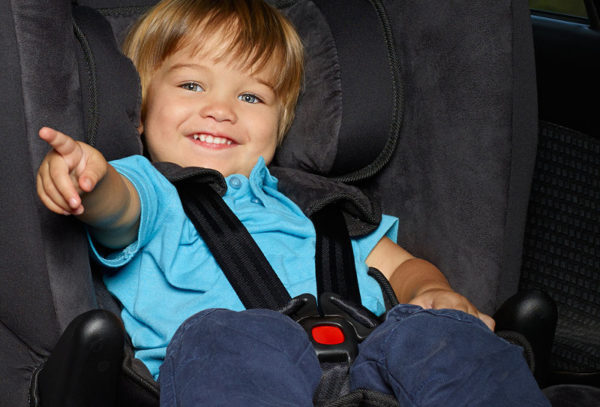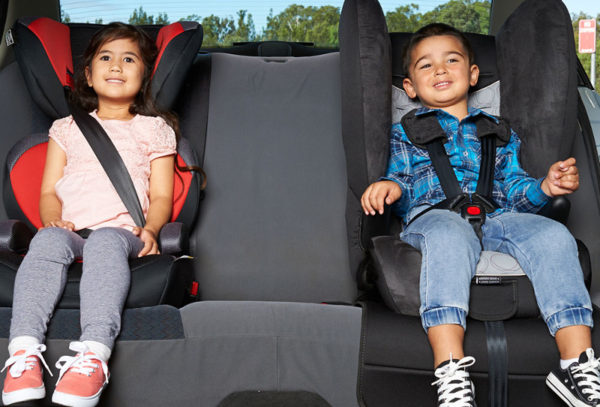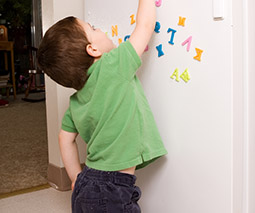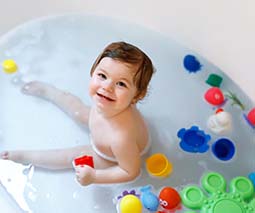Australian car seat laws – what do you need to know?

Whether you’re someone who prepared for parenthood by reading all the books or you just prefer to wing it, there’s one crucial area where all parents are on the same page – car seats. But over the last few years, there have been significant changes to car seat laws. We’re giving you the lowdown on what you need to know to make sure your children are always safe.
We’ve all heard stories from relatives about the ‘good old days’ when seat belts were non-existent and babies travelled home from hospital in a box on the back seat. In fact, just six years ago, traffic laws in Western Australia allowed children to travel with a standard seatbelt once they reached the age of 12 months!
As recently as 2010, all Australian States and Territories reached a consensus, agreeing to implement National Child Restraint Laws – which means parents can finally road-trip across Australia safe in the knowledge that they aren’t breaking the law!
So what do you need to know?
Car seat laws for babies from birth to six months
- Babies must be secured in an approved rear facing restraint until they are six months old and able to hold up their head.
Car seat laws for children aged six months to four years

- Must be secured in either a rear or forward facing approved child restraint with an inbuilt harness.
- Children under four years old must not travel in the front seat of a vehicle with two or more rows of seats.
Car seat laws for children aged four to seven years

- Must be secured in a forward facing approved child restraint with an inbuilt harness or an approved booster seat.
- Children aged from four to seven years old may not travel in the front seat of a vehicle with two or more rows, unless all other back seats are occupied by children under seven years.
Size matters most in car seat safety
- All car seats must meet Australian Standard – and be appropriate for your child’s age and size.
- It is recommended that your child is at least 145cm tall to use an adult lap-sash seatbelt.
- From the age of seven, children who are too small to be restrained by an adult seatbelt are strongly recommended to use an approved booster seat.
- Children in booster seats must be restrained by a suitable lap and sash seatbelt, properly adjusted and fastened, or by a suitable approved child safety harness. Booster seats must not be used in seats fitted with a lap-only seatbelt.
- If your child is too small for the child restraint specified for their age, they should be kept in their current child restraint until they have outgrown the restraint before moving them to the next level.
- If your child is too large for the child restraint specified for their age (that is, where there shoulders are above the upper shoulder marks), they may move to the next level of child restraint.
Car seat quality is crucial
- It is recommended you don’t use car seats older than 10 years.
- Car seats with cracks, frayed straps or other damage should not be used.
- Never use a child car seat that has been in a crash, or if you can see signs of wear or damage on any part of the seat.
- Before you use a second-hand child car seat, you should know the history of the car seat and be sure that it has all the correct fittings and instructions.
Backless boosters are being phased out
- It’s also important to remember backless booster seats (without the back and side wings to protect a child’s head) are being phased out.
Help your kids to learn the basics of car seat safety with this catchy new tune written especially by The Wiggles. And don’t forget to head over to enter our competition to see The Wiggles live in concert (and a host of other prizes) by uploading a pic of your happy little backseat driver!
(This is a sponsored post for Transport for NSW)









